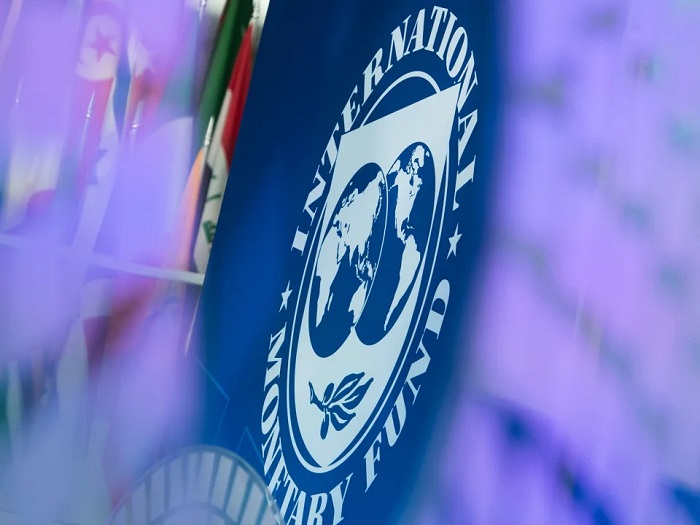
Foreign investors are likely to raise holdings of Sri Lanka government bonds, betting that a successful deal with the International Monetary Fund next week would unlock more funding to stabilize the nation’s finances, according to Standard Chartered Plc, Bloomberg News reported.
“The moment we have clarity on the debts, the restructuring process, the interest rates will fall and investors will want to time it right and get into the bond space pretty early,” said Bingumal Thewarathanthri, the chief executive officer for the UK bank in Sri Lanka.
Investors are expected to pile into local bonds, lured by one of the most attractive yields among emerging Asian nations, he said.
According to Bloomberg News, the IMF plans to decide on the $2.9 billion funding package next week after China earlier this month gave assurances that it will support the nation’s debt restructuring, clearing the biggest hurdle for approval. The nation grappled with soaring costs, depleted funds and severe supply shortages for much of 2022 as it pursued a loan program with the IMF after a debt default in May.
“You can’t wait until the debt restructuring is over, after that the price points will be very different,” said Thewarathanthri. Current bond levels on the shorter-end, mainly on t-bills look good to buy. If you’re looking at taking a stake in any of the larger corporates or banks, “this is the time,” he said. Sri Lanka’s one-year treasury bill yields about 26%, compared with around 7% for two-year notes in India and 6.38% for similar-maturity Indonesian bonds.
In efforts to secure the bailout package, Sri Lanka repurposed funds, tightened its belt and raised interest rates to the most since 2001. The nation fell into a deeper recession last quarter as borrowing costs at a two-decade high to rein in inflation took their toll on the $89 billion economy.
The Sri Lankan rupee has gained about 8% against the dollar so far this year — a period which has seen the central bank loosen its grip on the currency.
StanChart sees the currency appreciating this year, which in part will help control inflation and bring it down to 10% by 2023-end from 50.6% as per the latest print. (NewsWire)


